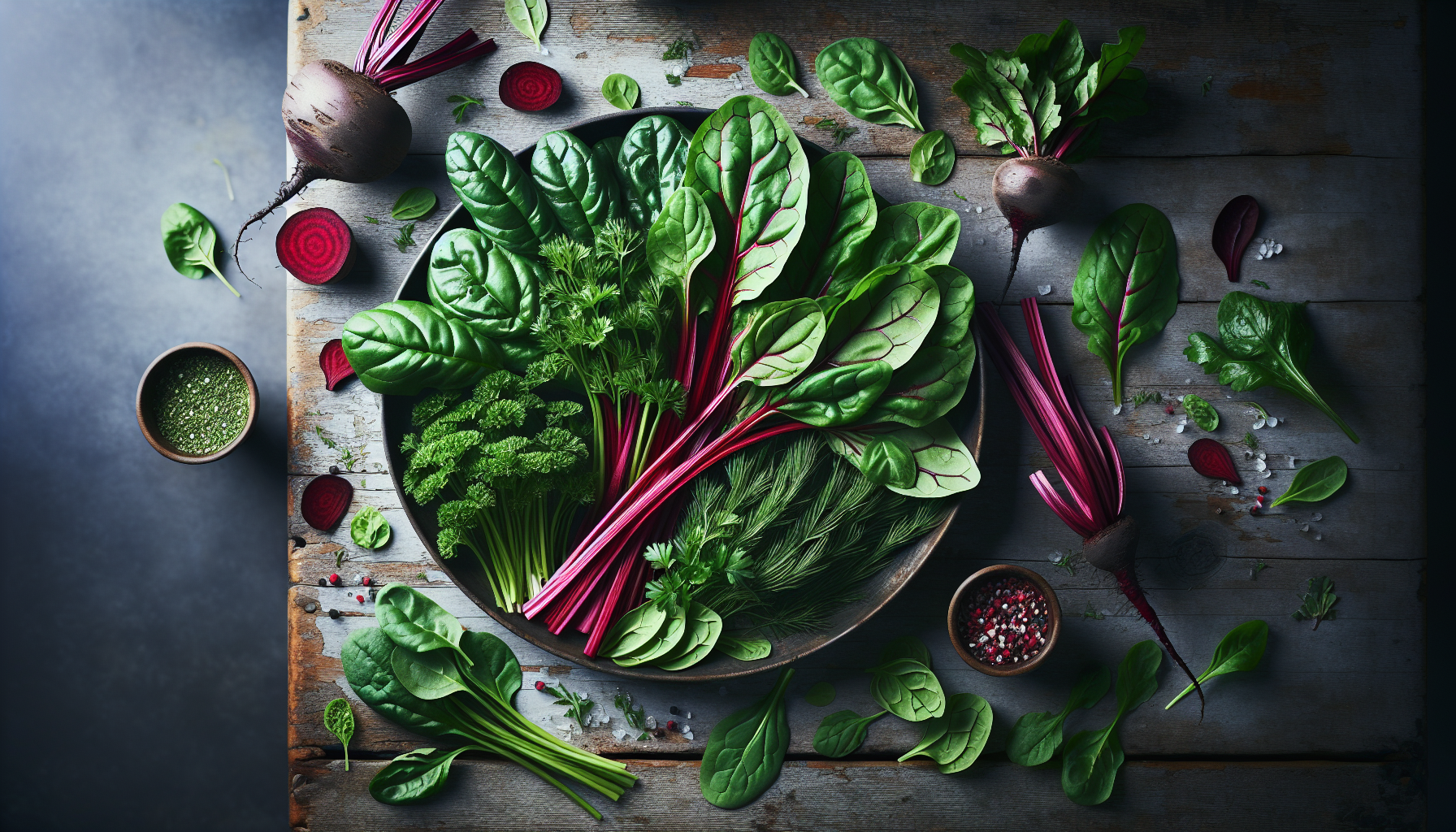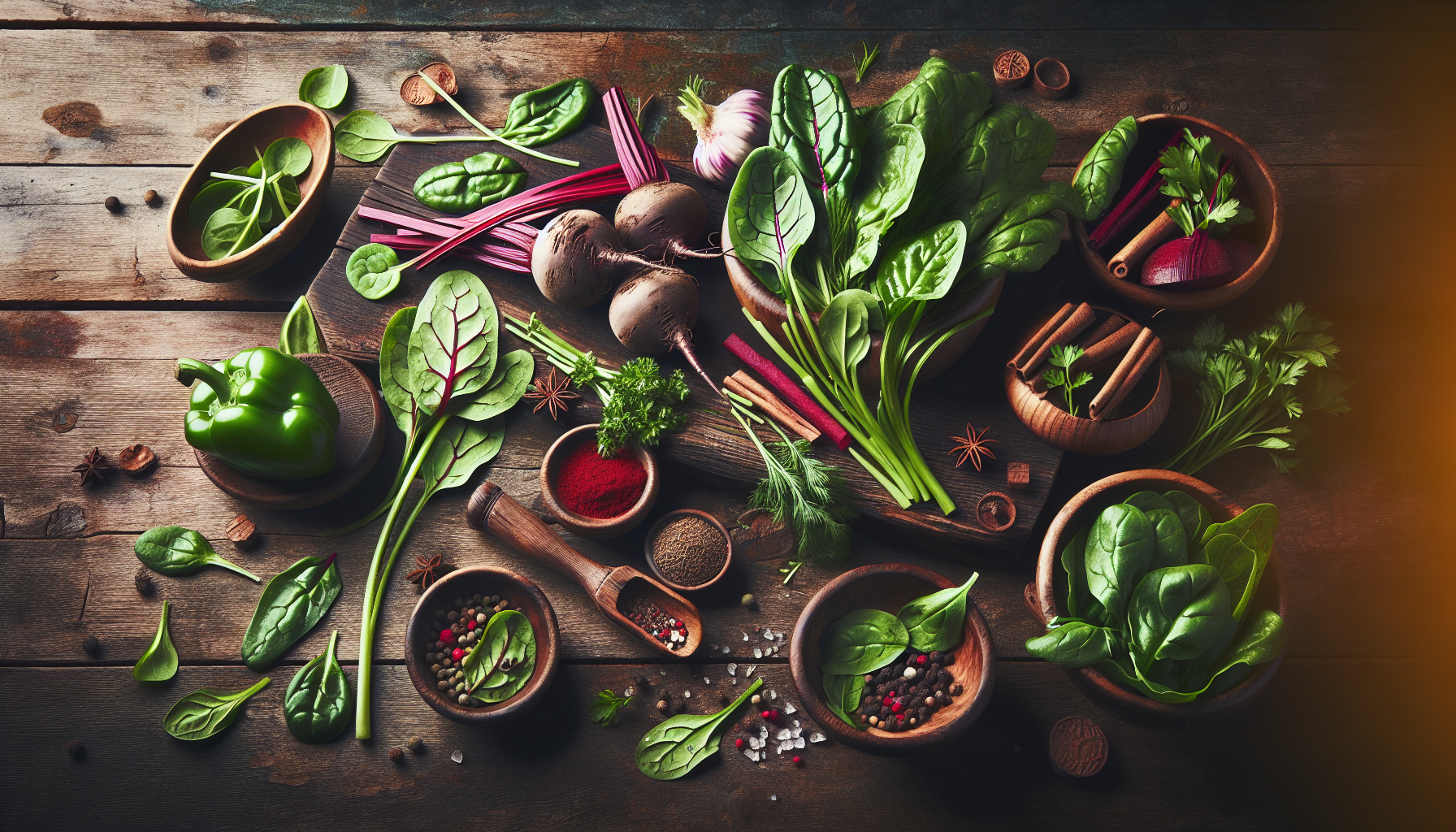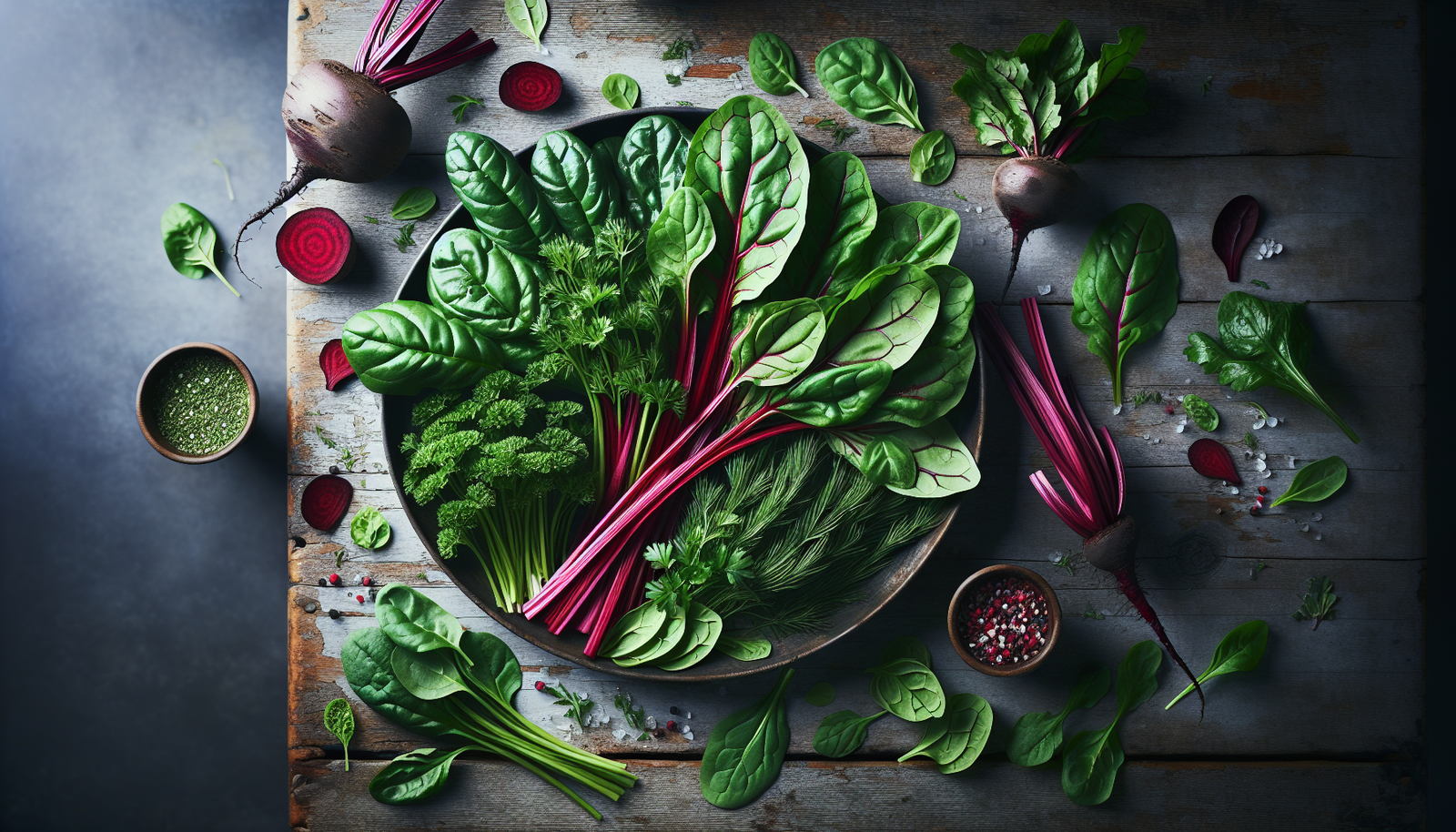Have you ever wondered why some herbs and spices are often mentioned in discussions about health, nutrition, or dietary choices? It’s fascinating how something as simple as a sprinkle of seasoning can carry a wealth of information about your health. A key topic that’s gaining attention is oxalates and how they are present in various herbs and spices. Let’s break this down together, so you can get a clear understanding of what oxalates are and how they might affect you.
What Are Oxalates?
You might have come across the term “oxalate” while reading about nutrition or health. So, what exactly are oxalates? Generally, oxalates are naturally occurring compounds found in many plants, including those you probably use in your kitchen every day. They are a type of organic acid that can bind to minerals, like calcium, and form insoluble compounds.
In simpler terms, oxalates can combine with minerals in your body (or in foods) and thus may affect their absorption. While they’re found in many nutritious foods, some people have to be cautious about their intake, especially if they are prone to certain health conditions like kidney stones.
Where Are Oxalates Found?
Oxalates can be found in various foods – both plant-based and animal products. While leafy greens and some vegetables might be the most discussed sources, herbs and spices are also relevant players in this conversation.
Let’s break it down further:
| Category | Foods High in Oxalates | Foods Low in Oxalates |
|---|---|---|
| Herbs and Spices | Sorrel, starfruit, parsley | Basil, chives, dill |
| Vegetables | Spinach, beet greens, Swiss chard | Lettuce, cauliflower |
| Fruits | Raspberries, kiwi, grapes | Apples, bananas |
| Nuts and Seeds | Almonds, cashews, peanuts | Macadamia nuts, pumpkin seeds |
| Grains | Wheat bran, quinoa | White rice, corn |
From this table, you can see the strong presence of oxalates in certain herbs and spices, which highlights the potential need for moderation if you’re particularly sensitive to them.

The Health Impact of Oxalates
When it comes to health, oxalates can pose a mix of challenges and controversies. It’s essential to understand not just the risks but also the broader context.
Kidney Stones
If you’ve ever had a friend or family member struggle with kidney stones, you might have heard them mention oxalates. Certain types of kidney stones, specifically calcium oxalate stones, can form when there’s too much oxalate in your urine. If your body absorbs more oxalate than it can eliminate, it can lead to the formation of these painful stones.
Nutrient Absorption
Another aspect of oxalates is their ability to bind to essential minerals, particularly calcium. This means that when you consume high-oxalate foods, they might hinder your body’s ability to absorb these minerals, which can lead to deficiencies over time if you’re not mindful. But don’t hit the panic button—this usually isn’t a concern unless you have other dietary constraints or health issues.
Oxalate Sensitivity
Some folks may have a heightened sensitivity to oxalates and experience symptoms such as joint pain, fatigue, or gastrointestinal distress after consuming high-oxalate foods. If you suspect you might be one of those people, it could be worth paying attention to your body’s reactions after consuming specific herbs or spices.

Oxalates in Specific Herbs and Spices
Now that you have a basic understanding of oxalates, let’s take a closer look at some commonly used herbs and spices. It might surprise you to learn about the oxalate content in these familiar flavor enhancers, so let’s break it down:
Parsley
Parsley is a staple herb in many kitchens, known for its fresh flavor and nutritional benefits. However, fresh parsley is also on the higher end of the oxalate scale. Depending on your health needs, you might want to enjoy it in moderation.
Basil
On the flip side, basil is relatively low in oxalates. You can enjoy your pesto, salads, or Italian dishes without as much concern about oxalate content. Plus, basil brings its own array of vitamins and antioxidants, proving that not all herbs are created equal in this regard.
Coriander/Cilantro
Coriander leaves, also known as cilantro, are often praised for their unique flavor. They contain fewer oxalates compared to other herbs, making them a great choice if you enjoy adding freshness to your meals without the worry of increasing oxalate intake.
Thyme and Oregano
Both thyme and oregano fall into a similar category as basil and cilantro when it comes to oxalate content. They’re on the lower end of the spectrum, making them safe additions to a balanced diet.
Sorrel
Now, if you’ve ever tasted sorrel, you’ll know it has a tart, lemony flavor. However, this herb is notably high in oxalates. If you find yourself gravitating toward sorrel, it might be best to use it sparingly if you’re mindful of oxalate consumption.

Reducing Oxalate Intake in Your Diet
So, if you’re looking to keep oxalate intake manageable in your diet, what can you do?
Balance Is Key
One of the simplest ways to approach your diet is to focus on balance and variety. If you enjoy some high-oxalate foods, pair them with low-oxalate options. This not only helps to distribute oxalate intake but also contributes to a more diverse range of nutrients.
Cooking Methods Matter
Believe it or not, how you prepare your food can influence oxalate levels. Boiling vegetables might help remove some of the oxalates, as the compounds can leach into the cooking water. So, consider boiling and discarding the water for high-oxalate vegetables.
Stay Hydrated
Drinking plenty of water can support kidney function and help dilute oxalates in your urine, reducing the chance of stone formation. Staying well-hydrated is essential for overall health, and it plays a crucial role in managing oxalate levels.
Consider Supplements Wisely
If you’re concerned about oxalate intake but still want to reap the benefits of certain foods, consider exploring potassium and calcium citrate supplements. These can potentially help prevent kidney stones by binding to oxalates and reducing their absorption. However, always consult with a healthcare professional before starting any new supplement regimen.

The Bottom Line
The world of herbs and spices is rich and varied, and understanding oxalates is just one piece of the puzzle. While many of these ingredients may come with health concerns, they also offer a mountain of benefits. It’s all about finding that sweet spot where you can enjoy flavors without compromising your health.
A Balanced Approach
You don’t need to avoid high-oxalate foods entirely, especially if you love the flavors and health benefits they bring. The key lies in moderation and balance, along with the awareness of how your body responds.
Embrace Variety
Expand your palate by including a wide range of herbs and spices, making sure to balance high-oxalate options with those that are lower in oxalates. Think of this as an opportunity to get creative in the kitchen!
Knowledge is Power
Knowledge about oxalates should empower you, not intimidate you. Use it as a guide to make informed decisions about your health, while still enjoying all the delicious food that the world has to offer. After all, food should nourish both your body and your spirit.
Now that you’ve got a better grip on oxalates, herbs, and spices, you’re equipped to make choices that resonate with your personal health journey. Finding a balance that works for you is crucial. So, what will you sprinkle into your meals next?


